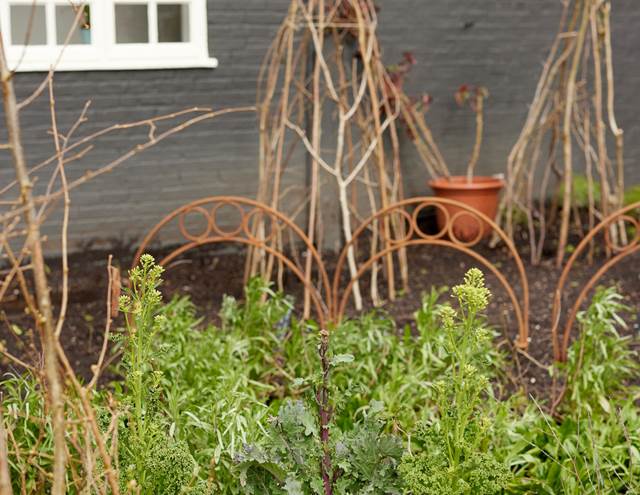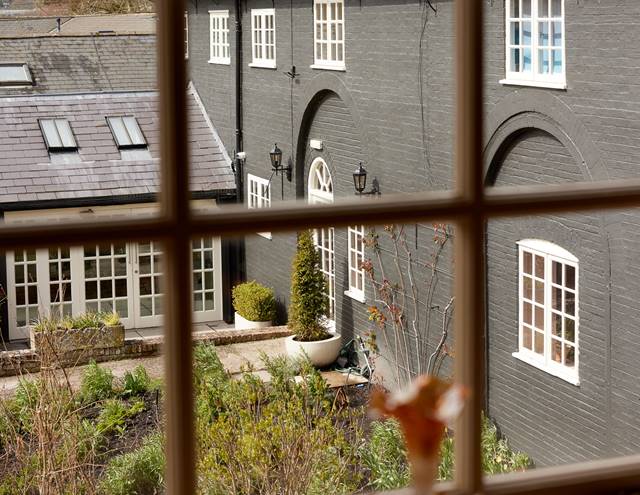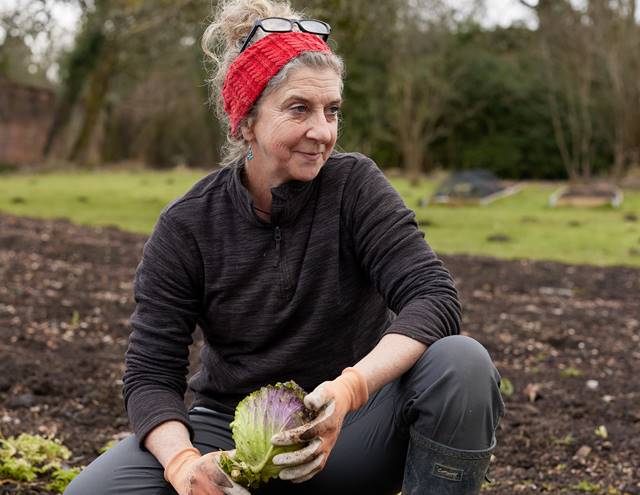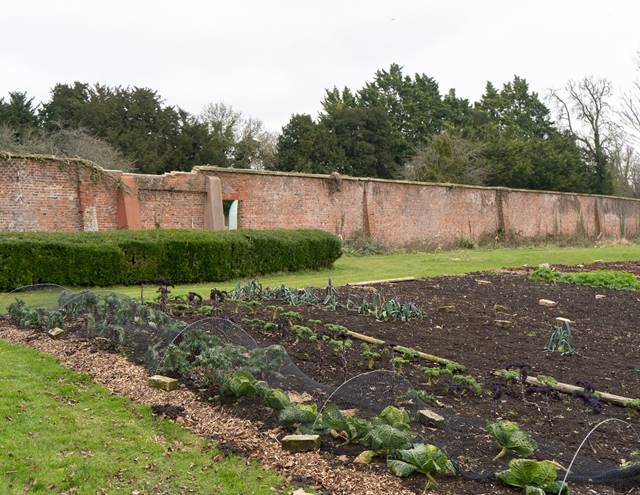The last couple of months have been all about meticulous preparation and setting the stage for the upcoming spring in the kitchen garden. Scrubbing clean storage areas and polytunnel, establishing new no-dig beds, constructing new compost bays and reinforcing fences.
Anticipating vigorous growth, I've also set up support wires for the plants that need it as I know I will have no spare time to do so in summer. It would be fair to say I’m ready and eager to get going once again.

For many, February 14th signifies Valentine's Day, but for us growers, it marks a pivotal moment: the long-awaited commencement of sowing season. Creating a warm propagation space is crucial, and while germination can occur in darkness, seedlings require a protected environment with natural light. Timing is everything; planting just before spring ensures that plants thrive when sunshine and daylight hours abound. The middle of February is the sweet spot for sowing, with ample time remaining for the season ahead.
Of course not all seeds should be sown at this time, they do need to be tolerant of chilly weather. In my current seedling lineup, spinach, onions, lettuce, broccoli, cauliflower, spring cabbage, radish, fennel, beetroot and kohlrabi are all in progress. While traditionally I would postpone sowing peppers and tomatoes until March, this year, fuelled by an eagerness to extend the growing season, I've invested in an indoor growing setup complete with heat mats and grow lights. This strategic move aims to accelerate the harvest, learning from the previous year when sweet peppers turned red in mid-August and tomatoes ripened in early July.

While Wiltshire has experienced generally mild weather, the daylight hours have only recently become sufficient to spur growth. Snowdrops and wild garlic grace our hedgerows, but our overwintered spinach, cabbage, and spring onions are only just starting to break their winter dormancy.
The primary new addition to the kitchen garden this year will not involve cultivating edible crops; instead, the focus will be on growing cut flowers to enhance the ambience of the hotel's rooms. This initiative aims to reduce our dependency on external flower sources and eliminate the need to harvest them from the beds around the main house. Once the garden is flourishing, we anticipate inviting guests to engage in a 'pick your own' experience, allowing them to take a piece of the kitchen garden home with them. The planned array of blooms includes dahlias, sunflowers, zinnias, wild carrots, and cosmos among others. This endeavour will significantly boost biodiversity, and I can already envision the delightful sights and sounds of buzzing insects in the vicinity.
Flexibility is key in our garden; each year, I adjust the allocation of space for vegetables based on the demands of our chefs. It can be hard to judge but I have very rarely had too much one thing. A new raised bed welcomes Jerusalem artichokes, a venture into uncharted territory, while a freshly minted no-dig bed will grow a variety of pumpkins that will be utilised over Halloween.

In defiance of conventional wisdom I don’t follow a strict crop rotation system that you are traditionally taught you must do, or else your crop will succumb to disease. Prioritising healthy soil without the need for annual digging is key I believe. However, I do try to move potatoes around due to the fact that there is a lot of soil disturbance when harvesting which I would like to minimise.
My new recipe is up - GRILLED PURPLE SPROUTING BROCCOLI, ROAST GARLIC AND PECORINO EMULSION WITH HERBS AND WALNUTS
Until next time…
Darren Stephens
Chef-Gardener, Bishopstrow








